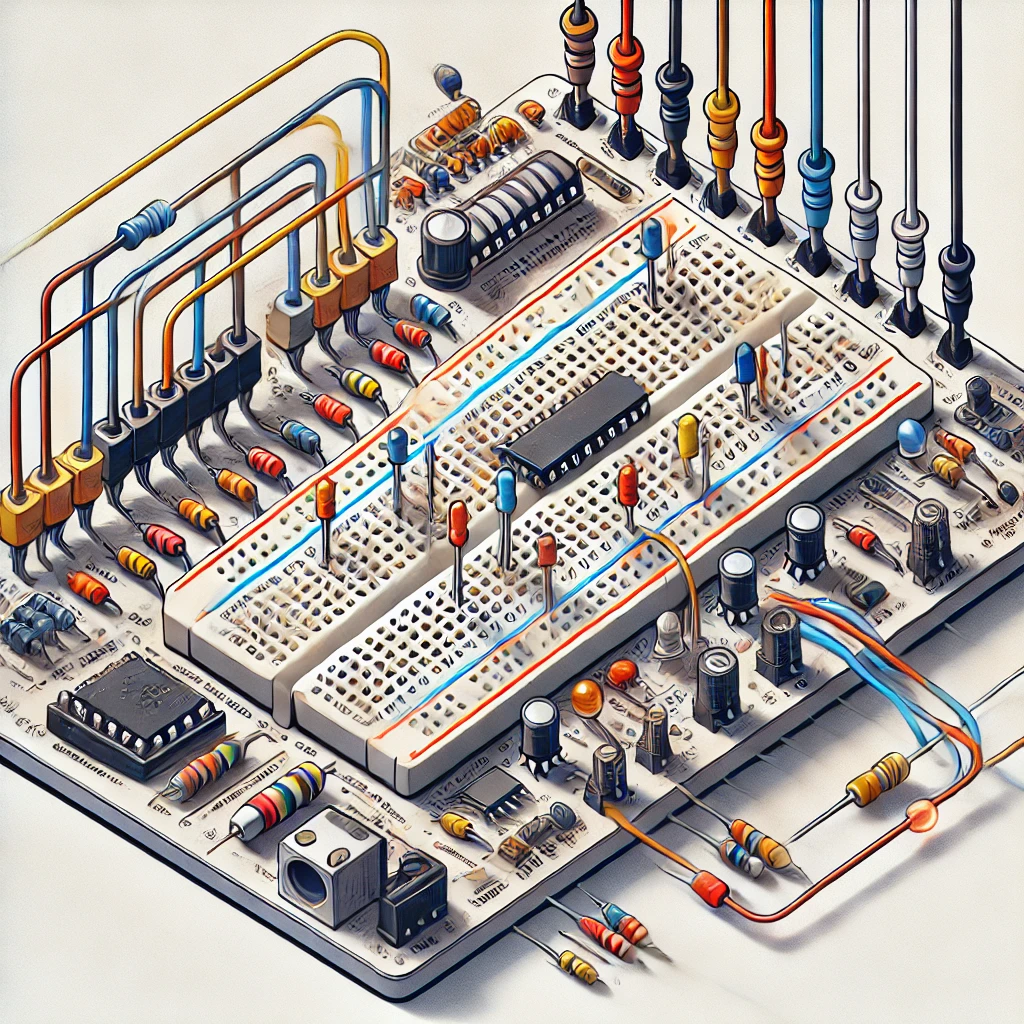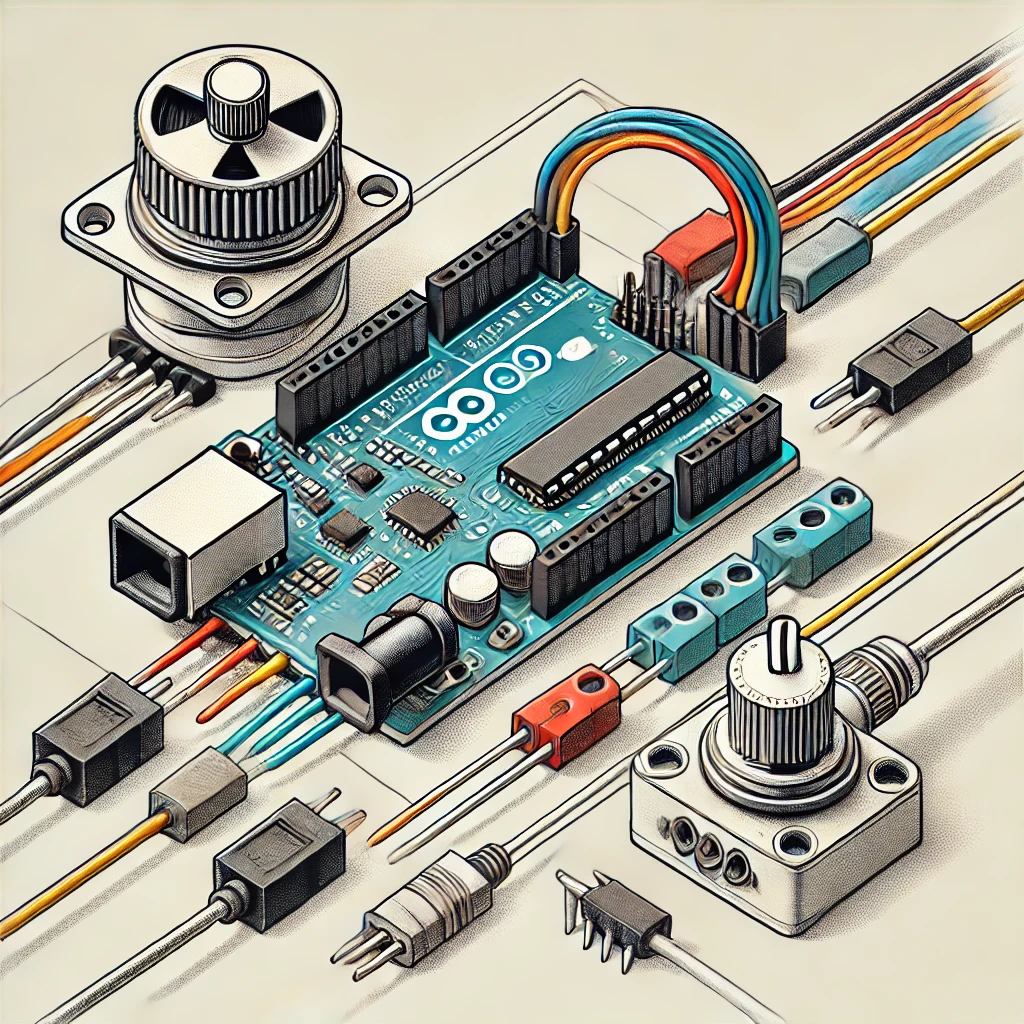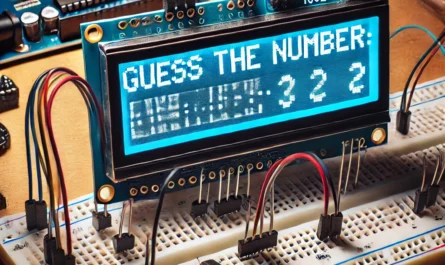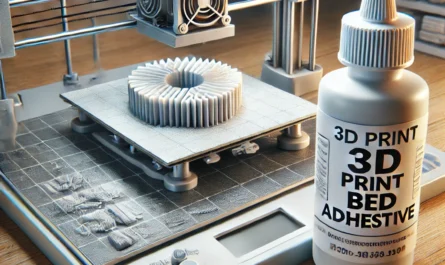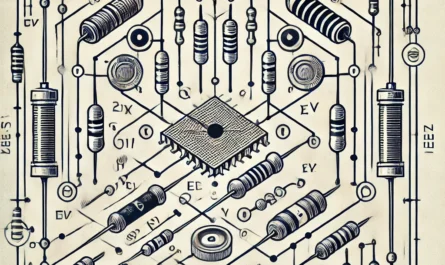📜 1. History of Breadboards
- 🔹 Origins:
- The term “breadboard” originally comes from the wooden boards used for cutting bread. Later, electronics enthusiasts adopted the term to describe a board used for prototyping circuits.
- In the early days of electronics, hobbyists would mount components on wooden boards or similar surfaces.
- 🔹 Evolution:
- In the 1970s, solderless breadboards were developed, allowing for quick, reusable circuit assembly without soldering.
- This innovation revolutionized prototyping by making it easier for engineers, students, and makers to experiment with circuit designs.
🔧 2. Applications of Breadboards
- 📚 Education:
- Widely used in classrooms and labs to teach electronics and circuit design.
- 🏠 DIY Projects:
- Perfect for prototyping home automation systems, robotics, and IoT devices.
- 💡 Prototyping:
- Essential for quickly testing and iterating circuit designs before creating a permanent PCB.
- 🔬 Research & Development:
- Used by professionals for preliminary experiments and proof-of-concept designs.
🔍 3. Comparison of Breadboard Types
A. Solderless Breadboards
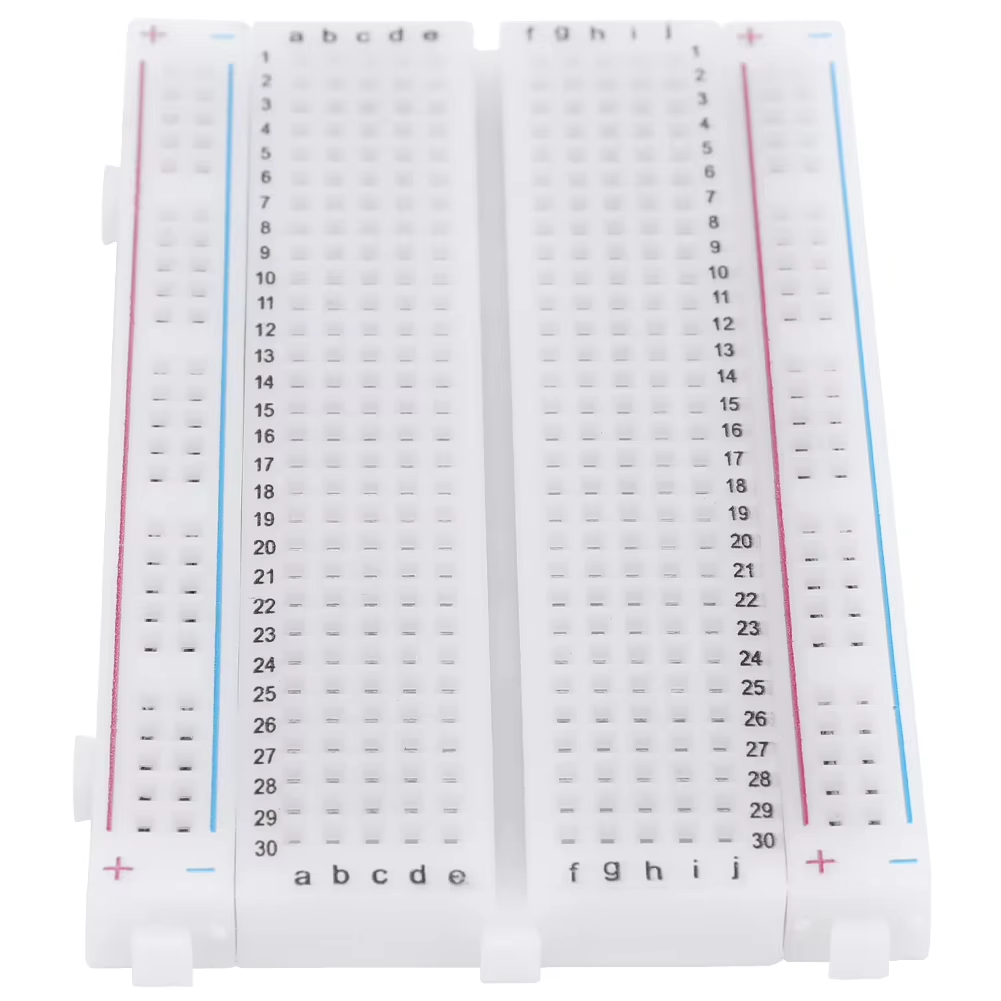
- Features:
- Reusable and no soldering required.
- Consist of a plastic grid with spring-loaded metal contacts.
- Available in various sizes (mini, full-size, power supply integrated, etc.).
- Pros:
- Easy to set up, modify, and reuse.
- Ideal for beginners and rapid prototyping.
- Cons:
- Limited current capacity; not suitable for high-power circuits.
- Connections may become unreliable over time with extensive use.
B. Soldered Protoboards (Perfboards/Stripboards)

- Features:
- Components are permanently soldered onto the board.
- Offers a more robust and durable connection.
- Pros:
- Better for long-term projects where stability is crucial.
- Provides improved electrical performance in some cases.
- Cons:
- Not reusable; modifications require desoldering.
- Assembly takes more time compared to solderless breadboards.
C. Custom Prototyping Boards
- Features:
- Tailor-made for specific projects, often with integrated power rails and connectors.
- Pros:
- Optimized for particular applications, bridging the gap between prototyping and final PCB design.
- Cons:
- Less flexible than standard solderless breadboards.
- Typically require soldering and more upfront planning.
🎯 Conclusion
Breadboards are indispensable in electronics due to their:
- Flexibility: Quickly reconfigure circuits for testing and learning.
- Accessibility: Perfect for beginners, educators, and hobbyists.
- Variety: Options range from solderless boards for rapid prototyping to permanent solutions like perfboards for stable, long-term projects.

